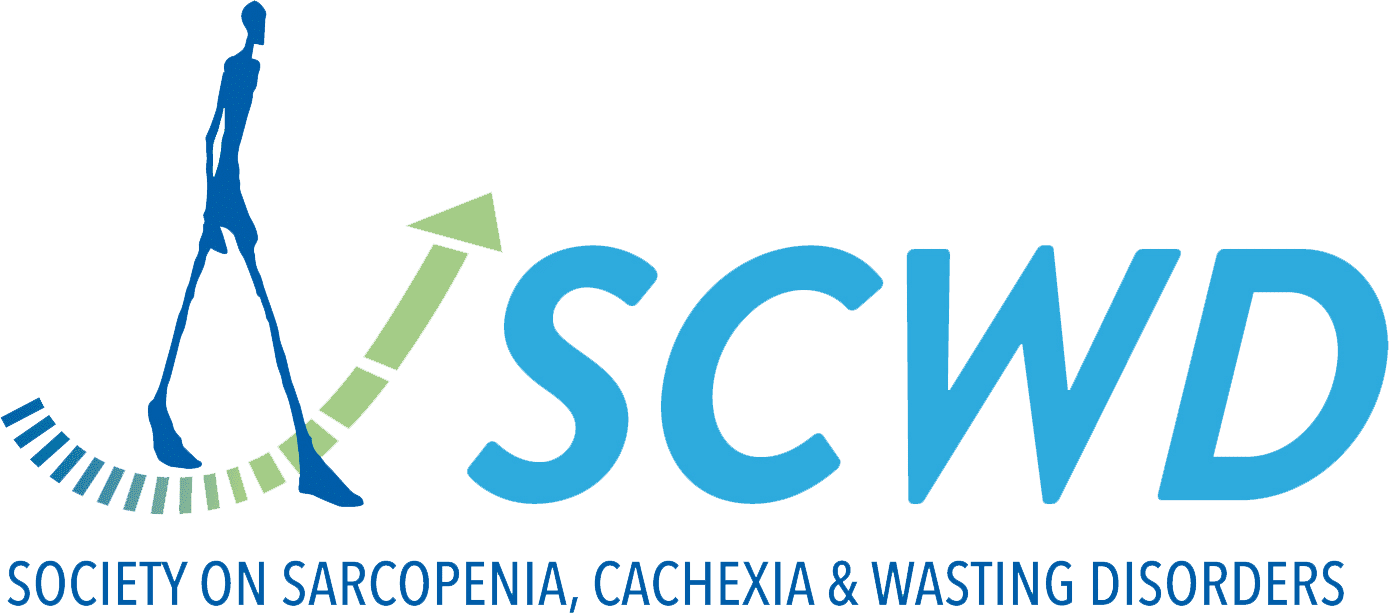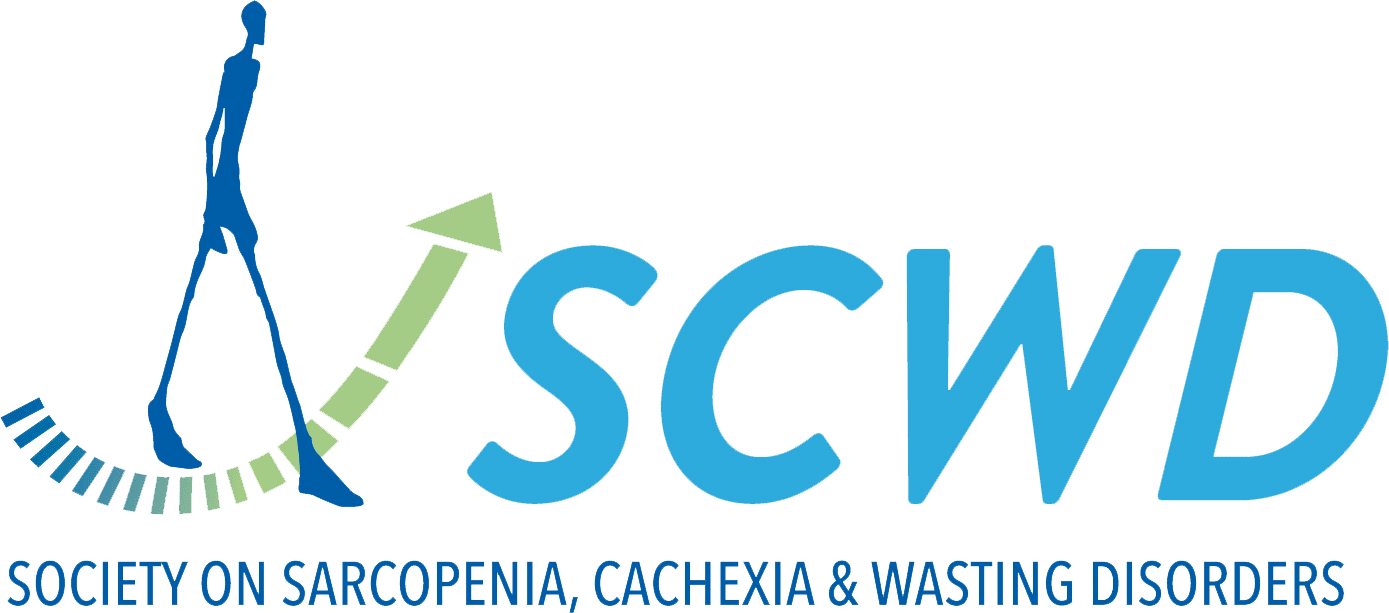Inflammatory burden index for the prognosis of non-small cell lung cancer: a review
There is an urgent need to find predictive biomarkers for the prognosis of non-small cell lung cancer for survival assessment. Tumour-related factors, such as the pathological stage or histological subtype, are used widely but often vary in patient outcome. Hence, haematological inflammatory parameters, such as neutrophils, lymphocytes and platelets have been used to reflect the inflammation found in cancer. These biomarkers demonstrate prognostic value in cancers such as non-small cell lung cancer. However, it remains unclear which specific combination of biomarkers may help in assessing prognosis, so this study used the newly developed inflammatory burden index (IBI). It was found to be associated with survival, 90-day outcomes, length of hospitalisation and cachexia in non-small cell lung cancer patients. Hence, this may be an advantageous tool for prognosis prediction.
This review by Xie H et al. aimed to compare the prognostic value of inflammation biomarkers in patients with non-small cell lung cancer.


